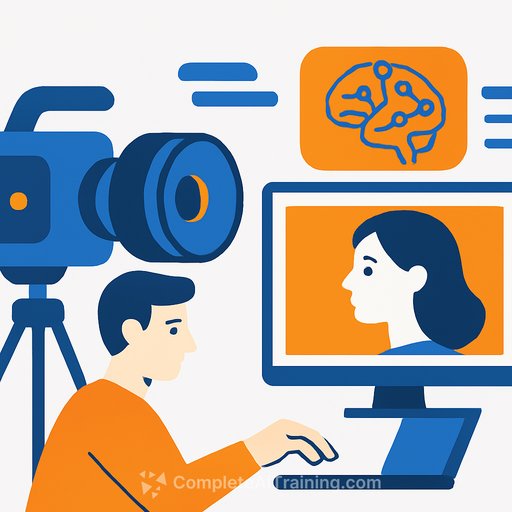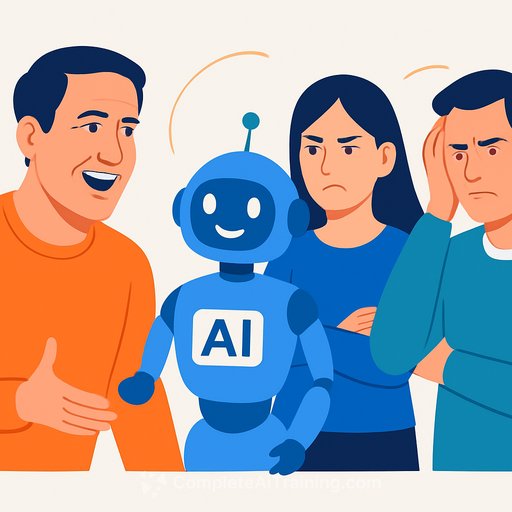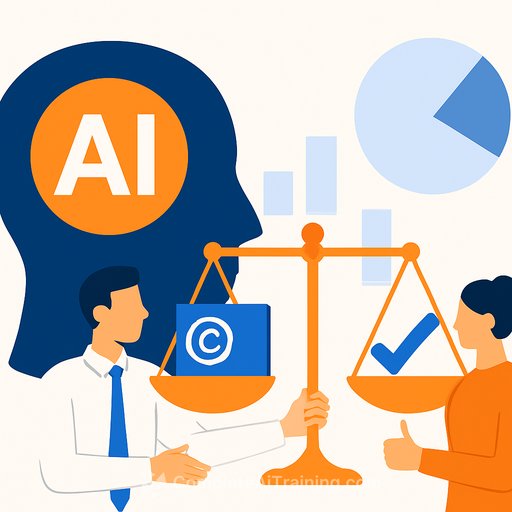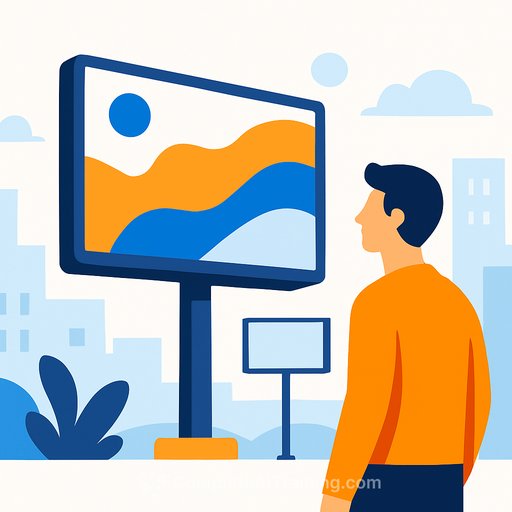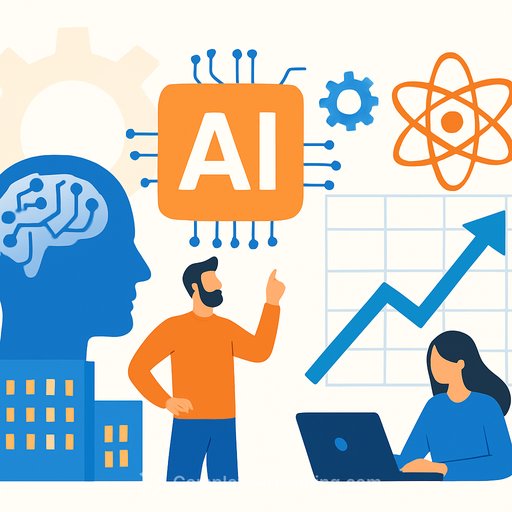The Buzz
- Google completed its first Flow Sessions pilot with artists creating AI-powered films over two months
- Artists emphasized a director's mindset matters more than technical expertise when using AI tools
- Flow enabled deeply personal storytelling, including digital family heirlooms and cultural narratives
- Second cohort already launched as Google expands creative AI collaboration
Flow Sessions: Two Months That Mattered
Google just wrapped its first Flow Sessions cohort: a two-month sprint where selected artists pushed an AI filmmaking tool in the real world. The program launched in September with unlimited access to Flow, mentorship, and workshops. The output wasn't a parade of demos-it was a set of short films that felt intentional, intimate, and surprisingly polished.
What the Cohort Proved
Three ideas stood out. First, vision beats technical know-how. Second, the strongest work leaned into personal stories. Third, AI works best as a creative partner, not an autopilot.
Vision > Technical Know-How
As one artist put it, "The magic happens when you bring your own vision, art direction, storytelling and point of view to guide [Flow] - that's where something truly original emerges," said Leilanni Todd. Another participant, Alex Naghavi, echoed it: "The people shaping what's next aren't the ones who know the most - they're the ones brave enough to experiment."
The pattern was clear. Artists who treated Flow like a cinematographer-taking direction and offering options-outperformed those stuck tinkering with knobs. Curiosity and a clear brief moved faster than obsessing over mechanics.
Personal Stories Land Hardest
Chris Carboni turned recorded conversations with his late grandmother into a film about scary movies-a "precious digital heirloom" that blends high-end visuals with her voice and humor. It's the kind of piece you'd keep for life, not just share for likes.
Katie Luo used photographs from a visit to her grandparents in Taiwan to build "The Sun Returned," a visual poem about generational love across languages and distance. These films aren't tech showcases. They're human stories that happen to use AI.
Google's Strategy: Work With Artists, Not Around Them
While others focus on text models or social integrations, Google is courting serious creative work. Flow favors collaboration-story, direction, and iteration-over "push-button, done."
The program structure says a lot: recruit artists, give them access, support them deeply, learn from their process. The second Flow Sessions cohort is already live, which signals this isn't a one-off campaign. It's a bet that real creatives will shape how AI video gets used.
What This Means for Working Creatives
- Lead like a director: define intent, tone, and emotional arc before prompts.
- Prototype fast: short scenes over big epics. Learn, then scale.
- Write prompt briefs, not prompts: scene goal, subject, camera, mood, pacing.
- Expect happy accidents: save variations, then curate like an editor.
- Mix sources: photographs, voice notes, rough sketches-AI thrives on references.
- Protect authenticity: credit sources, keep a process log, document edits.
- Use constraints: time limits, shot counts, palettes-constraints sharpen taste.
- Collaborate early: pair directors with editors, designers with musicians.
- Treat AI as previz: block scenes, explore looks, then refine the final cut.
Quick Workflow You Can Steal
- Define the one-line premise and emotional outcome.
- Assemble a reference pack (images, clips, color boards, textures).
- Outline 5-8 scenes with beats and camera notes.
- Create a prompt recipe per scene (subject, setting, lens, movement, lighting, mood).
- Generate 3-5 variations, mark selects, iterate only on what works.
- Record VO or pull real conversations for texture and truth.
- Composite, pace to sound, grade for consistency, add typographic beats if needed.
- Ship a tight cut, then run a second pass for story clarity.
Tools and Learning
Explore Google's experimental work at Google Labs to watch how these tools evolve. If you want structured paths for creative roles and AI video tooling, browse our curated picks by job at Complete AI Training.
Bottom Line
Flow Sessions shows that AI doesn't replace your taste-it amplifies it. Your point of view matters more than your software fluency. With the second cohort underway, the takeaway for creatives is simple: bring your story, set your constraints, experiment boldly, and let the tools meet you there.
Your membership also unlocks:

